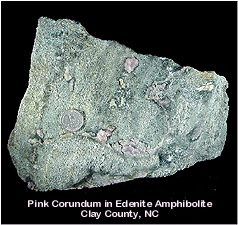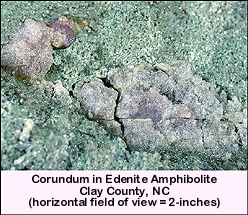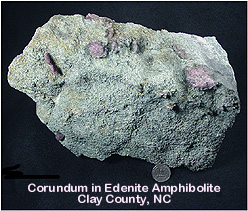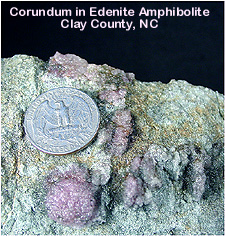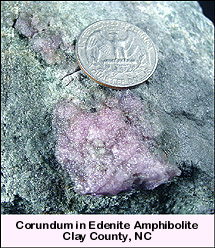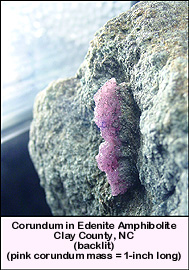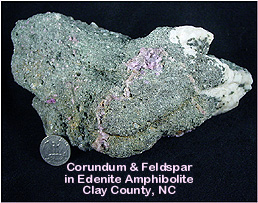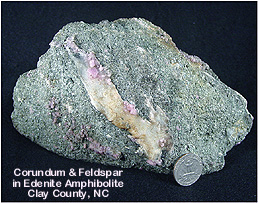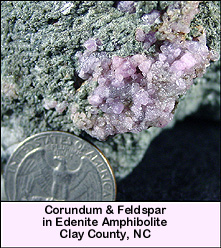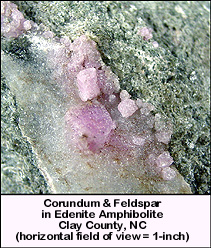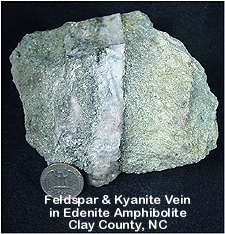You have probably heard the expression, "Sometimes you have to fight fire with fire." This has literally been the case with recent activities by the US Forest Service in the Buck Creek/Chunky Gal area of the Nantahala National Forest in Clay County. According to the Department of the Interior (DOI) and the US Forest Service, the National Fire Plan (NFP) and Healthy Forests Initiative (HFI) were implemented to help save the lives of fire fighters and citizens and to reduce the risk of catastrophic fire to our communities, forests, and range lands. An excessive accumulation of hazardous or unusually flammable fuels in our forests, woodlands, and grasslands is the root cause of the unprecedented fire risk facing our public lands. Land managers remove hazardous fuels via programs funded specifically for that purpose and in other programs whose principle goal is the achievement of a variety of resource management objectives that can be broadly labeled landscape restoration. From 2001 through the end of May 2007, the Federal land management agencies have treated over 20 million acres of federal lands under the HFI and the NFP through landscape restoration actions.
(from USFS Healthy Forests Report 2007).
As part of the HFI and NFP, many acres of thickly forested land have recently been cut and burned in the Buck Creek area. Rocks that had been overgrown with trees and other foliage for eons have been laid bare on the scorched earth. This has created new rockhounding opportunities for those who are able and willing to negotiate the rugged terrain. Wayne and Patty Brantley recently visited the area and based on their report (
click here for report) and observations, Chrissy and I could not resist the urge visit the area ourselves - and boy, were we glad we did.
We parked on a forest service road about as close to one of the burned areas as
we could get. We hiked through the forest along one of our regular routes until we came upon a most unfamiliar scene. Ahead, where a thick forest had once stood, was a mostly open area with cut and fallen burned trees and limbs laid out in massive mixed up piles on charcoal and rock covered ground.
Some trees still stood, but were scorched and leafless. Small live oak trees and other plants had already begun to emerge from the blackened earth, including way too many pesky briers.
Hiking through the burned area was tough going as we had to negotiate our way over or around fallen trees and broken limbs while being almost constantly snagged and tripped by briers and other hard-to-see small stumps sticking out of the ground.
Amidst all the carnage were bare rocks that had seen the light of day since the last natural fire, who knows how long ago. Even moss that thickly covers most forest rocks in the area was burned off, thus making it possible to identify minerals, including corundum. Chrissy's especially likes to surface collect on a bright sunny day, so she was as happy as a lizard on warm rock.
We surface collected for several hours across the burn area and found plenty of rocks that were sprinkled with white, pink and red corundum and even one that contained some pale blue kyanite. My backpack got real heavy, real fast with specimens like the following.
Click on each specimen picture to enlarge
Click on each specimen picture to enlarge
After we satisfied our daily collecting fix and had more than our fill of tripping and being snagged by briers, we carefully made our way out of the burn area and headed back into the green forest toward our truck. With our clothes and boots covered with black soot, we would have been quite a site had anybody else ventured into that section of woods that day.
As we almost always do, we brought a change of clothes so that we could get cleaned up and change for our drive home. We certainly didn't want a repeat of Wayne's experience where Patty made him drive back to their camp in his underwear so that he didn't get soot all over the inside of their new jeep - I'm still trying to get that image out of my brain!
As we drove home on US-64, we stopped to take a picture of a breathtaking Fall view from Winding Stair Gap.
What a great day it was!
CLICK THE LITTLE MINER TO RETURN TO THE FIELD TRIP PAGE

